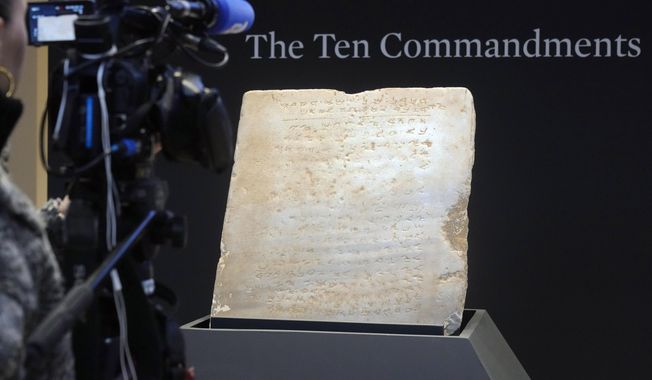
In this July 9, 2017 photo, remnants of a house that was once used a slave deposit in the late 18th century stands in the port area in Rio de Janeiro, Brazil. Before abolishing slavery in 1888, becoming the last country in the Americas to do so, Brazil was the world's largest slave market. A new app called “Museum of Yesterday” seeks to educate visitors about the history and role of Rio de Janeiro’s revitalized port in colonization, slavery and even recent corruption investigations. (AP Photo/Renata Brito)
Featured Photo Galleries









Trump Transition: Here are the people Trump has picked for key positions so far
President-elect Donald Trump has announced a flurry of picks for his incoming administration. Get full coverage of the Trump transition from The Washingon Times.





